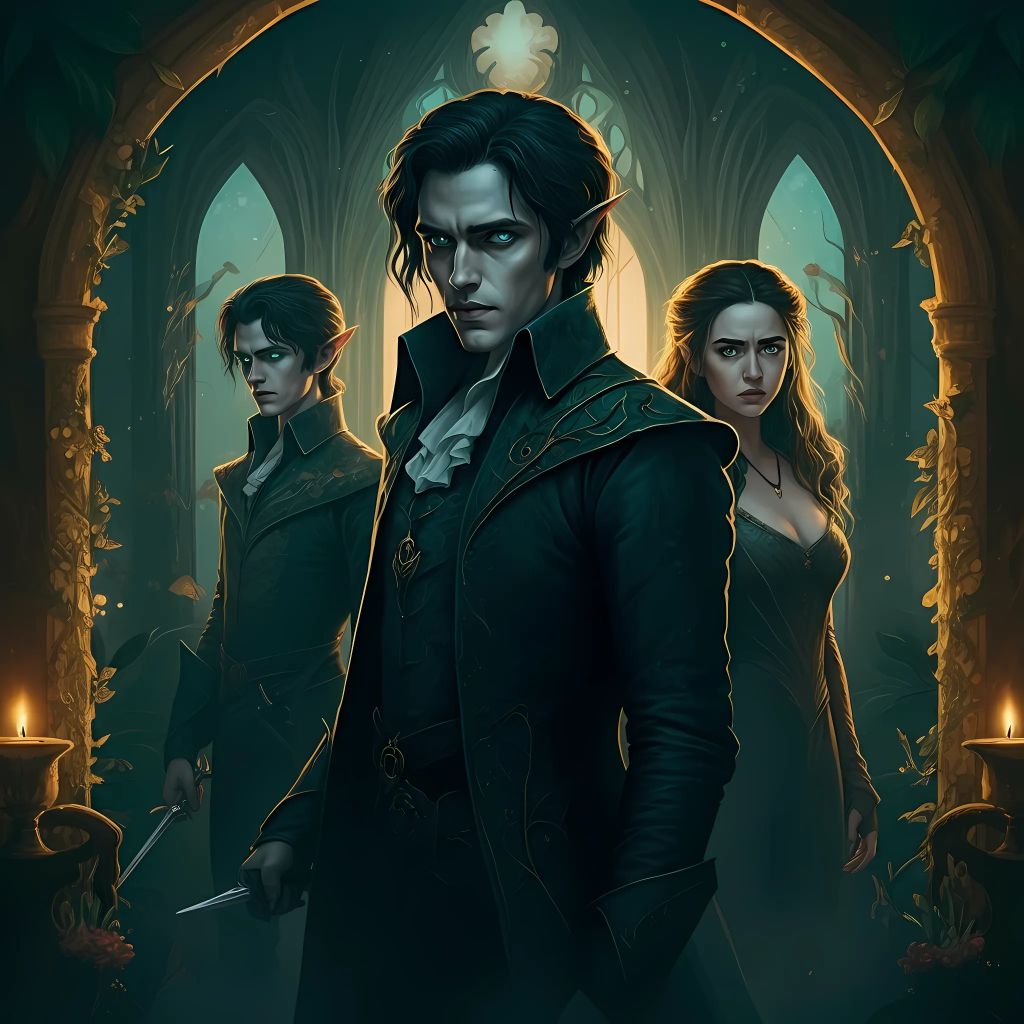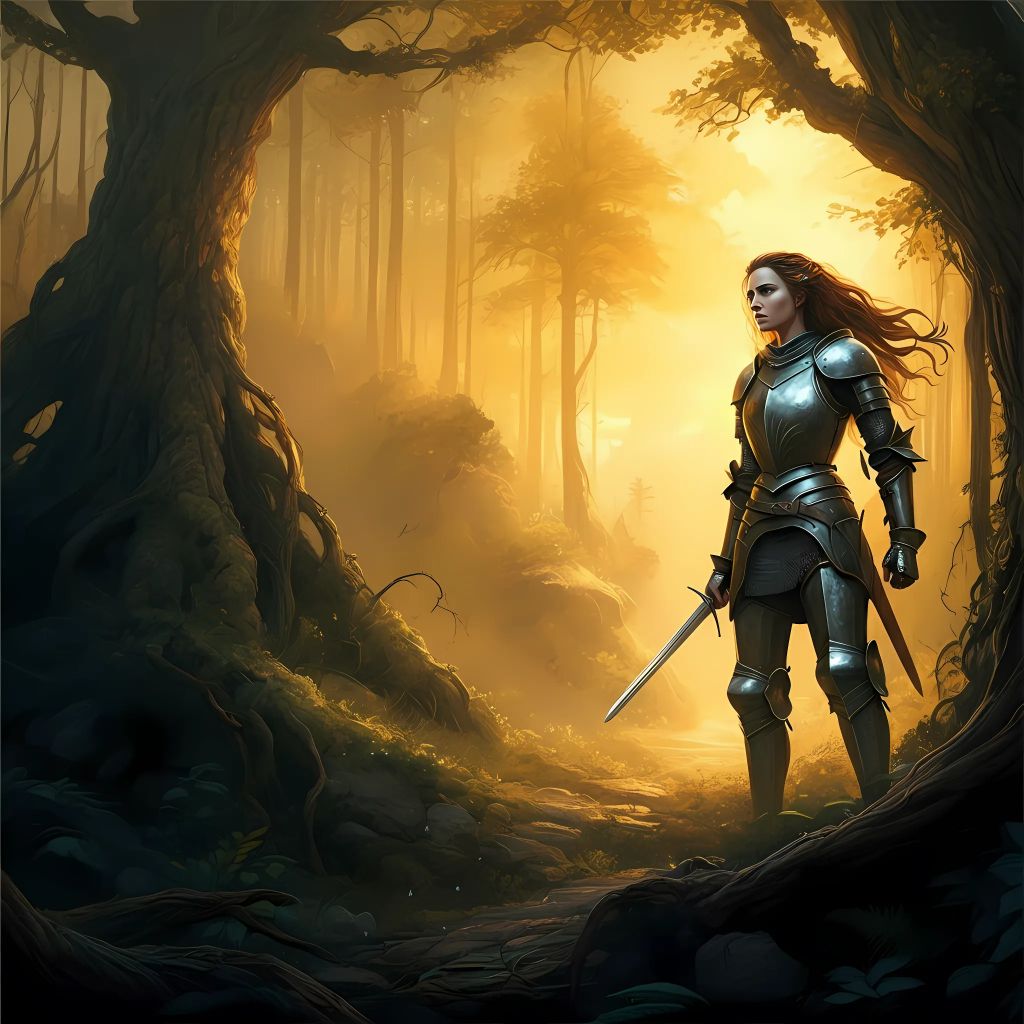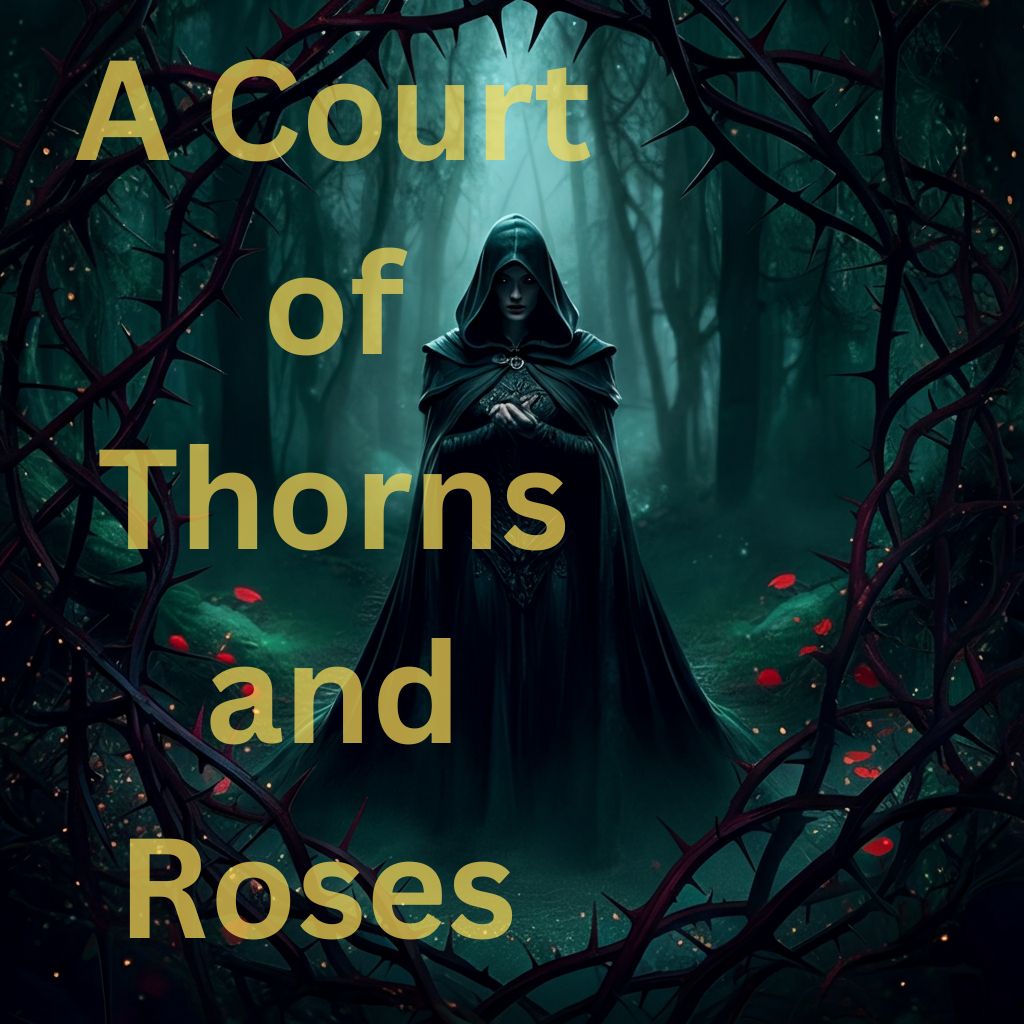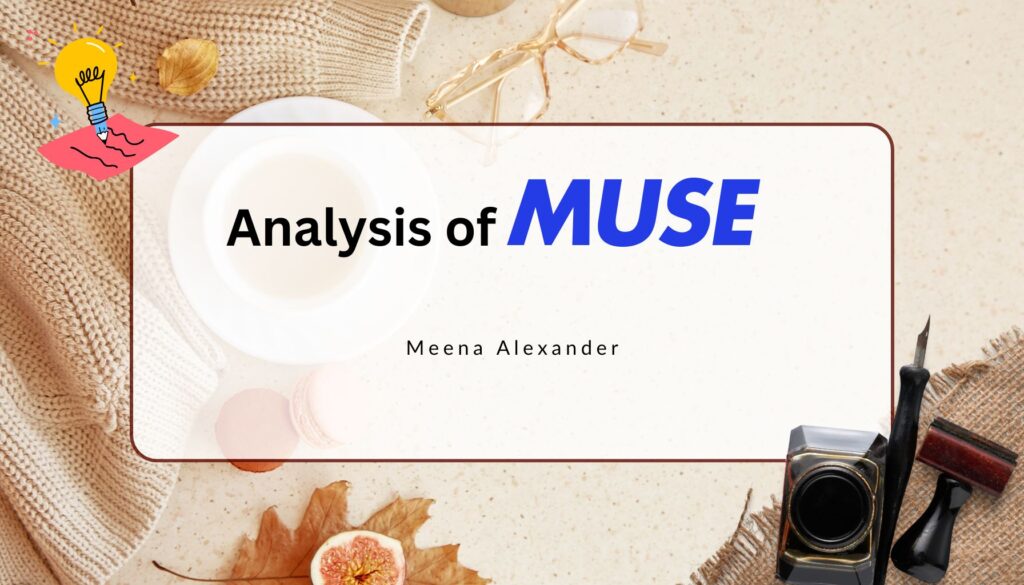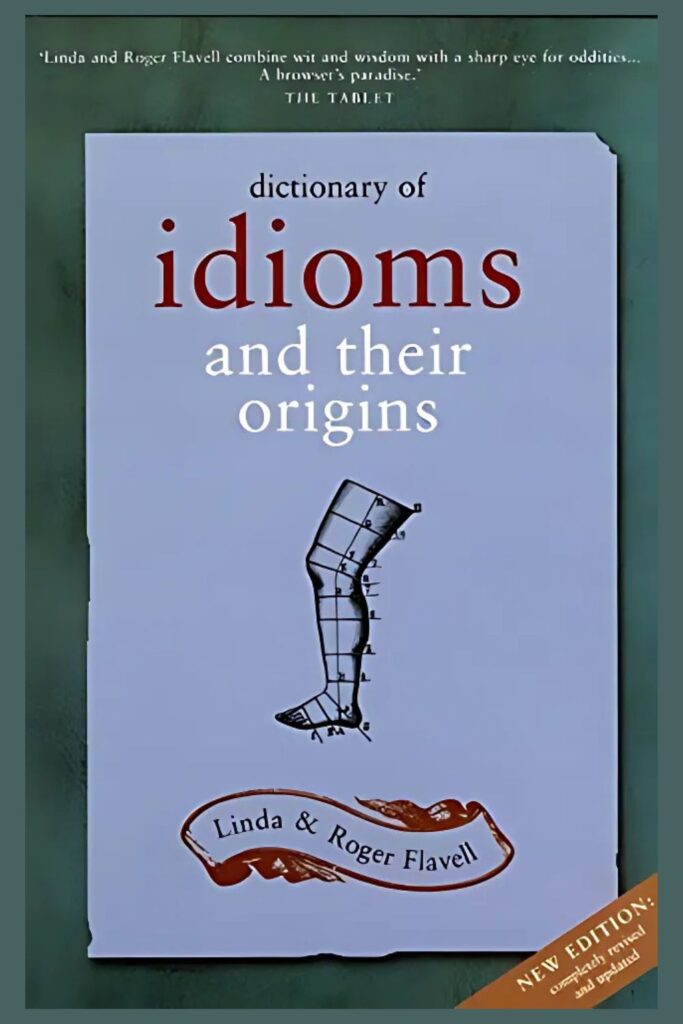“Getting yourself out was one thing, talking possession of that self was another.” –Toni Morrison, Beloved
Toni Morrison’s Beloved isn’t just an iconic novel; it’s a literary masterpiece that refuses to downplay the scars left by slavery. It was published in 1987 and won the Pulitzer Prize in 1988. Beloved explores the deep psychological and emotional impact of slavery from the perspective of a mother, Sethe, and her family.
This blog will point out what makes Beloved a significant work of American literature through a detailed reading of historical context, themes, characters, and literary devices. In this article, we’ll explore its narrative layers and consider why it is still important to readers today.
The Historical and Cultural Context of Beloved
- The Legacy of Slavery and Its Toll
Morrison situates Beloved during the Reconstruction era, a time when African Americans were grappling with newfound freedom amidst harsh social inequalities. The novel centres on the haunting aftermath of slavery—not just the physical scars, but also the psychological and generational wounds it inflicted.
This is based on real stories about Margaret Garner, an escaped enslaved woman who killed her own child rather than allow her to be re-enslaved—a haunting historical fact that feeds the fictional tale of Beloved. Morrison’s decision to centre such a story reflects her desire to recover African American histories that are often excluded in mainstream narratives.
- Reclaiming African American Stories
The novelist Toni Morrison felt that storytelling was the best way to retrieve histories that had been erased from collective memory. Through Beloved, she reconstructs the atrocities of slavery and celebrates survival as an act of defiance. Morrison’s electric prose prompts readers to grapple with these buried histories and to interrogate how they illuminate and empower current social currents.
Plot Summary of Beloved
The story revolves around Sethe, an escaped enslaved woman, and her daughter Denver live at a house with an ominous name—124—haunted by the ghost of her dead baby. One day, a mysterious young woman named Beloved arrives, insisting she’s the reincarnation of Sethe’s dead baby. Her presence compels Sethe to confront her traumatic past. Skilfully, the non-linear narrative toggles between agonizing flashbacks and present-day struggles, capturing the fractured mechanics of how memory works.
Narrative fragmentation deepens the book’s emotional resonance, reflecting how trauma often proves resistant to linear articulation. The fragmented structure draws the reader into the characters’ psyches, creating an intimate, and at times disturbing, reading experience.
Major Themes and Motifs
Trauma and Memory
In Beloved, the concept of “rememory” is a crucial and deeply symbolic idea that reflects the novel’s exploration of memory, trauma, and the lasting effects of slavery. Toni Morrison uses this term to describe the process through which the past — particularly painful, traumatic experiences—surfaces in the present, often in unexpected ways. Sethe’s life is permeated by trauma and “rememory” . For Sethe, those memories become corporeal, with Beloved representing the horror and guilt that inextricably form her identity. Another former slave, Paul D, tries to contain his post-traumatic stress, figuratively putting it in his “tobacco tin” heart. Collectively, these characters reveal how the mess of slavery’s psychological scars can’t be scrubbed clean and how it will remain, forever disturbing the peace of life.
Motherhood and Sacrifice
Sethe’s love for her children is both ferocious and deeply complicated. Her controversial choice to take her child’s life—to save her from the atrocities of slavery—is at the book’s emotional crux. This selfless act of motherhood compels the reader to struggle with the moral ambiguity of Sethe’s choices while testifying to the brutal conditions that led her to such extremes.
The Role of the Supernatural
Beloved’s ghost dramatizes the passivity of unprocessed trauma, employing the supernatural to amplify Morrison’s study of memory and mourning. Beloved, both literally and figuratively—embrying Sethe’s dead daughter as well as the generations of pain wrought by slavery. Her presence is a powerful reminder that the past cannot be buried, no matter how hard we try.
Community and Isolation
Morrison also emphasizes healing through community. While Sethe secludes herself in 124, Denver’s eventual involvement with her community allows the family to be redeemed. By the novel’s end, we see that even the deepest wounds are soothed by mutual support.
Character Analysis in Beloved
Sethe: Sethe is the emotional centre of the novel. Her maternal love propels much of the plot, and her attempts to reconcile her past and her identity mirror that of the broader African American experience of grappling with personal and shared histories.
Beloved: Beloved’s duality as ghost and metaphor is fundamental to grasping Morrison’s story. She becomes not just a haunting past but a palpable, standing-in-place despairing rift of an entire community.
Paul D: Paul D embodies the internalized experience of masculinity and vulnerability in the wake of enslavement. His intricate relationship with Sethe, as well as his own struggles, provides a rich counterpoint to Sethe’s narrative and provides a lens for suppressed pain.
Denver: Denver’s maturation throughout the novel shows the value of agency and connection. From something dependent and introverted, Denver emerges as a person of power and hope for healing and for generational and inter-generational healing.
Writing Style and Key Literary Devices
1. Symbolism
124 is not only an address; it is a character in and of itself. Its lack of “3” reflects the family’s incompleteness until reconciliation.
Sethe’s scar, which is referred to as a “chokecherry tree,” is representative of both pain and survival.
Objects—even ordinary ones, like butter—collect symbolic weight, standing for entrapment, memory, and freedom.
2. Poetic Imagery
Morrison’s prose is indelibly vivid. She describes the sensory (and occasionally grotesque) textures of pain, pleasure, and memory. This ability to elaborate exponentially enhances the emotional magnitude, breathing life into each page.
3. Nonlinear Structure
Through the use of fragmented timelines, Morrison captures the disorienting and fragmented nature of trauma and urges readers to actively assemble the story, reflecting on the characters’ own steps toward healing.
4. Language and Tone
Morrison’s tone is elegiac but lyrical. There is a poetic, heavy resonance to each line, a heady mix of beauty and destruction.
Conclusion
Toni Morrison’s Beloved is a profound exploration of slavery’s enduring impact on individuals and communities. Told through its complex story, nuanced characters, and brutal honesty, Beloved is a wrenching exploration of slavery’s psychological and cultural damage. Morrison’s poetic prose and layered storytelling make it an unforgettable read, pushing readers to grapple with history and humanity.
If you haven’t read Beloved yet, now is the time. It’s more than just a story—it’s a call to confront the past, honour survival, and seek healing.





